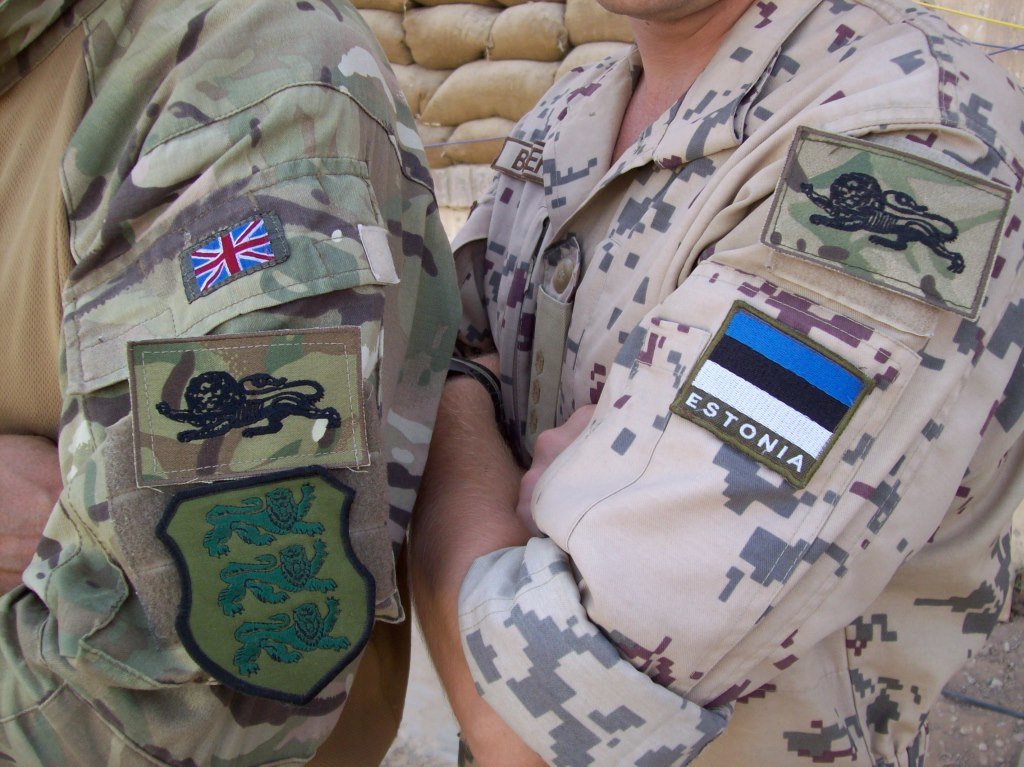Cooperation between Estonia and the United Kingdom in the Estonian Division has been taking a blow from the harsh realities of every-day life and the question of how to actually implement what has been agreed, whereas the difficult character of Veiko-Vello Palm, the commanding officer of the division, is adding fuel to the fire, Estonian newspaper Postimees says in an article published on Friday.
The British promised things they didn’t yet have, a person close to national defence decision-making told Postimees, referring to the agreement made between the Estonian defence minister Hanno Pevkur and his British counterpart Ben Wallace at the end of last year, whereby the UK will assign a brigade to the Estonian Division, the largest land force unit of the Estonian Defence Forces.
The concern is not primarily about whether the British will be able to fulfil their obligations, but rather about time. The British, led by Brigadier Giles Harris, have already deployed their brigade’s forward staff to Estonia and an advisory team for the division is also operating here. However, Estonians and the UK have just reached an agreement that the brigade will arrive in Estonia in full for the conduct of training only in 2025. Questions about timelines have given rise to constant frustration.
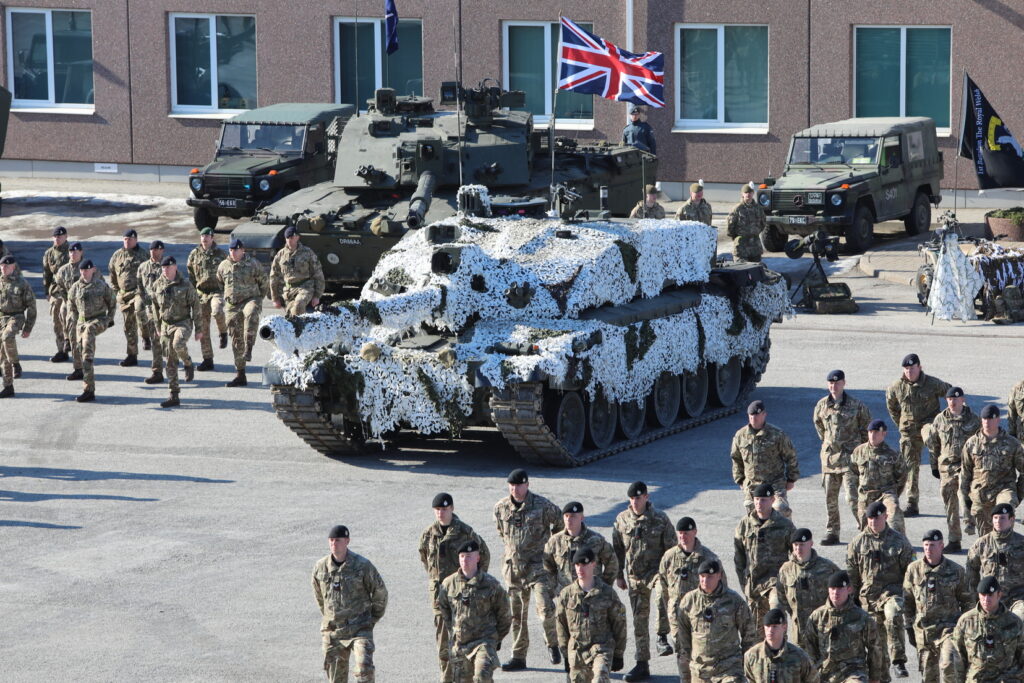
There’s also a human side to it. Already when serving together in Helmand, Afghanistan, Estonians did not immediately find a good rapport with the British. If such differences in cultures can be taken as an inevitability and a natural part of life, the extremely complex character of the division’s commander, Major General Veiko-Vello Palm, has made the everyday atmosphere fiery, according to Postimees.
A reluctance to work under the division’s commander
The tenure of the commander of the Estonian Defence Forces, Martin Herem, will end in 2025, and the unpopularity of Palm resulting from his style of communication is the reason why the possibility that he, Herem’s former deputy, will get the job is essentially excluded. The favourite pick for the top post, as Postimees has been told by several sources, is the head of the Estonian Military Academy, Vahur Karus.
This also hinders the search for personnel for the division’s headquarters. Of the approximately 100 positions in the staff, approximately 80 per cent have been filled, but it is the reluctance to work under Palm that has seriously inhibited recruitment so far. Working side by side with the British, the contrast in communication and working culture becomes particularly sharp. The British, who are used to first testing the ground with small talk and only then moving on to the matter, find it difficult to accept that conversation is started in the style of “I need it here and now.”
The Estonian defence minister, Hanno Pevkur, told Postimees that unless Herem makes such a proposal, there is no plan to change the leadership of the division.
“Veiko-Vello Palm has been appointed by the commander of the defence forces to head the division’s headquarters. As things stand, I have not had any reason to reconsider these decisions,” he said.
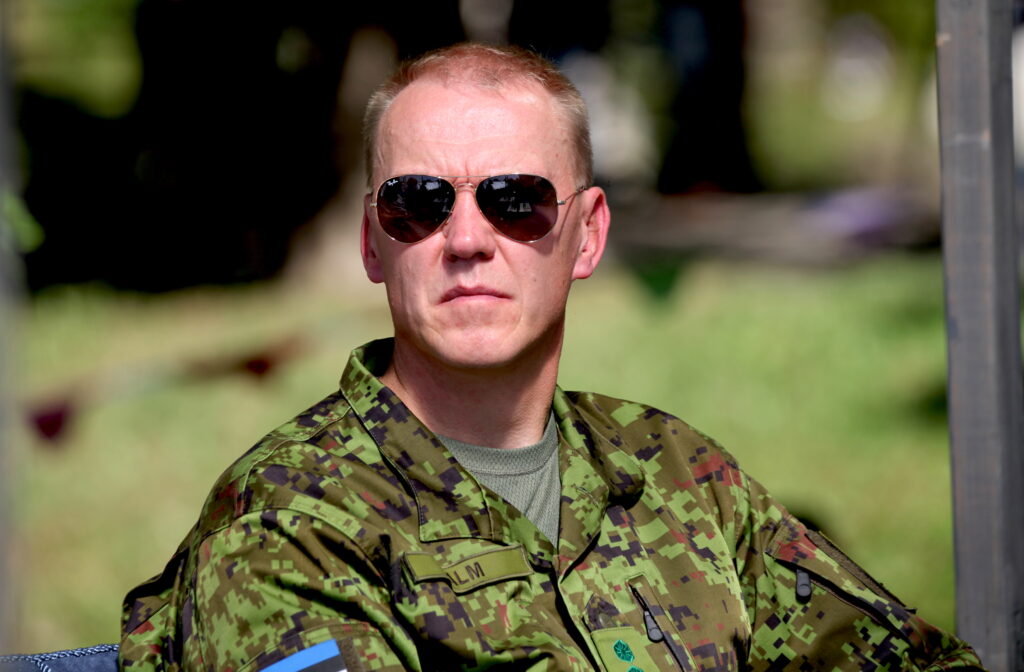
The argument cited by those sympathetic of Palm’s style is that in a hierarchical “command culture” such as the defence forces, offence and tension are inevitable. As one member of the military put it, the armed forces need to have someone who is frank and outspoken in his talk.
“Our commander of the defence forces is very gentle. He’s specific, but he takes a lot of care to choose his words well and doesn’t say anything badly,” the member of the defence forces said.
The Brits are reducing the size of their army
Those who understand Palm argue that a more abrupt style than average is the only option. On the one hand, a mission in a foreign country is a challenge for the average soldier. As some say about the British unit of about a thousand serving in Tapa as part of NATO’s Enhanced Forward Presence, they simply feel bored in Estonia. Add to this the rather cramped conditions, especially during major exercises, and the fact that the training areas are not at all suited for training with tanks, for example.
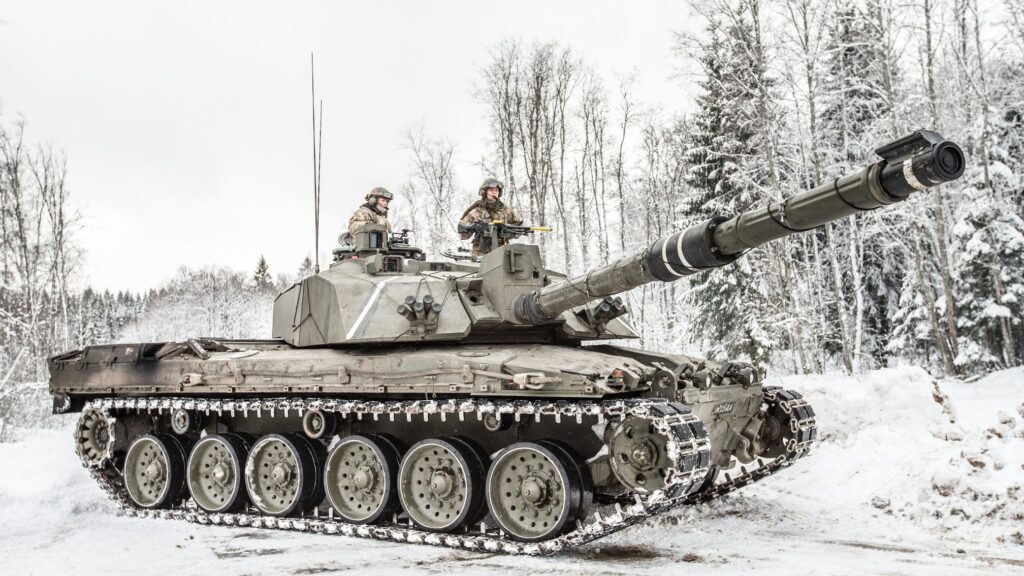
But an even more important factor influencing the state of play is the British army reform. The British are set to reduce both the personnel and armaments of their army. The army’s personnel will decrease by 9,500 by 2025, to 72,500 people, the smallest since the beginning of the 18th century. Whereas as recently as in 2015, the British set themselves the goal of increasing the size of the army to 82,000 soldiers.
The fleet of the Navy, the number of tanks and the like are also to be reduced. The new Challenger tanks will be more state-of-the-art and more capable, but the numbers of tanks will fall. The British military say the emphasis is on quality rather than quantity, and their war-fighting capability will not diminish.
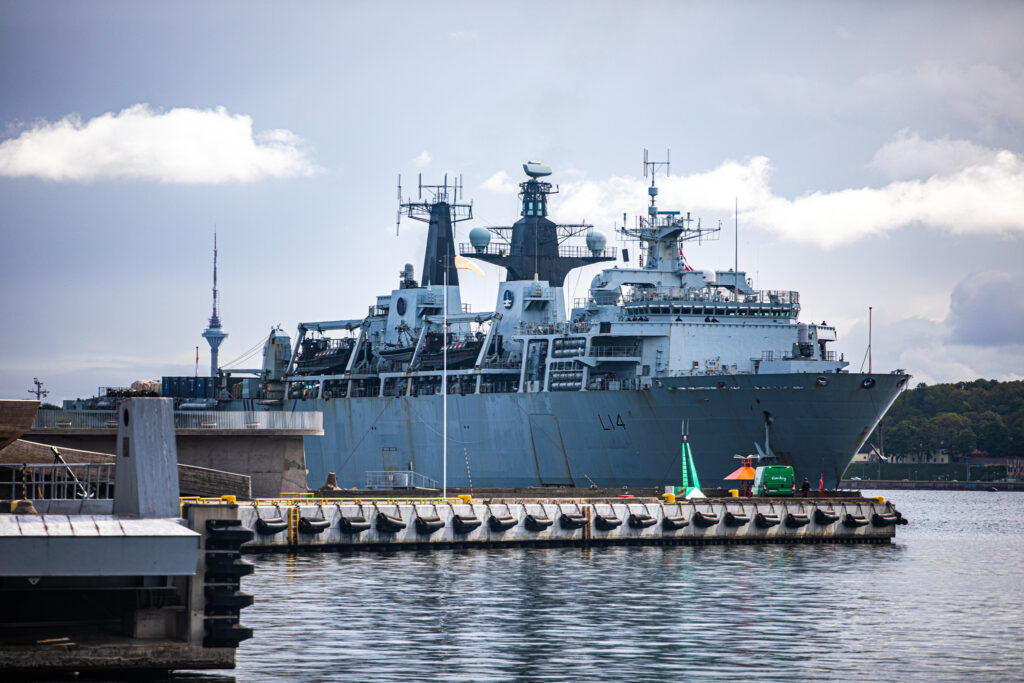
The question is whether the holes will be patched in a way that is favorable to Estonia. As Tomas Jermalavicius, a researcher at the International Center for Defense and Security, pointed out, in parallel with the cuts, the British are undergoing a shift in the philosophy of warfare more broadly. This, however, does not match the view that Estonia and other countries close to Russia are taking of modern warfare. To put it very simply: the British will have a greater emphasis on indirect fire, cyberspace, whereas Estonia stresses traditional close combat based on armoured maneuver.
Hence, the question may arise as to how well the British vision and capabilities match Estonia’s needs and wishes.
“This decade is very important because the emergence of the new model will see the British capability in land warfare stagnate and perhaps even go into reverse. It will be a risky time window for us,” Jermalavicius said.
A lot of advice and good friendship
“We have had a very open communication with the British, we have not kept anything secret from each other,” defence minister Hanno Pevkur said when asked whether the capabilities actually offered by the UK have come as a surprise to Estonia. According to Pevkur, it was more or less clear by the end of last year what kind of brigade would be assigned to Estonia, but what the brigade’s combat readiness would be is more of an internal matter for the British.
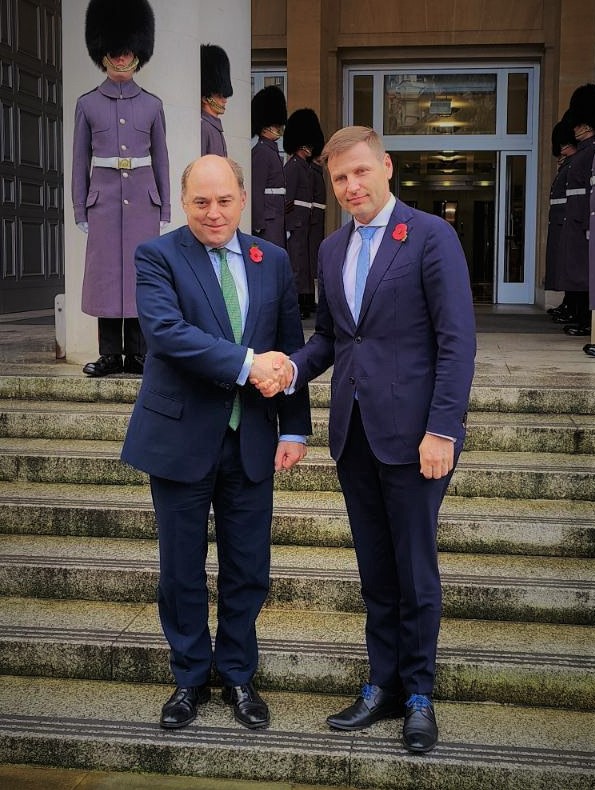
So far, over the years, the British have offered Estonia a lot of advice and, literally, good friendship on a personal level. The British 3rd Division is one of NATO’s strongest and their advice has been of great value. They have gone through the US corps’ and division headquarters’ Training Cycle Warfighter on several occasions and have been extremely open in sharing that experience. Even more important than information about which solutions work is often to find out which solutions are a dead end, Palm noted.
Palm said that, although the division is not yet an official part of the NATO force structure, it is already included in the NATO chain of command, so the division is part of the ongoing deterrence. Multinational Corps Northeast covers Estonia. Any other messages are either misleading or just plain wrong, he stressed.
“At present, the security situation does not require the immediate transfer of the allied brigade to Estonia. Allies have already increased their presence in Estonia in recent years – the British and French, meaning the eFP (NATO Enhanced Forward Presence) countries, as well as the Americans and Spaniards and others as well. So we’re talking about exercises, about practicing the transfer of the brigade for a situation where it might really be needed. For this, the exercises of both the individual countries and NATO must be coordinated and harmonised in order to get the most out of it,” Palm told Postimees.

